Recipes – № 3
Roast Goose, Thankstaking-Style
Like most of our New York City friends, Kim and I moved to the City from some faraway place. We left our parents and siblings behind and for much of the year family time is limited to phone calls and emails. This leaves a void and it's filled by our closest local friends. We depend on them for everyday company, advice and unconditional love. However, when the big holidays come around, we all fly home to Germany, the Midwest, India or Mexico, to spend time with our real families. This is clearly the only way to go; yet it still feels a bit off. Shouldn’t there be a holiday tradition for our surrogate family too? Some years ago Kim and I decided that Seinfeld was onto something with his Festivus for the rest of us. We’ve been hosting a special dinner before Thanksgiving ever since. We are taking the holidays to our new home and we call this young tradition Thankstaking.
The centerpiece of a Thankstaking dinner is usually - traditionally! - some macho piece of meat that is far too substantial to tackle without a bunch of hungry friends. The first year, we roasted a suckling pig that traveled into our kitchen on the subway in a blue plastic bag and didn’t truly fit in our oven. The year after, the piglets had completely outgrown our oven and we opted for a large pork rib roast instead. Every year since, we've roasted a goose. I had given up trying to replace the turkey at Kim’s family’s Thanksgiving with a goose. There is no need to explain this to American readers, but it had taken me some time to understand that the idea of a Thanksgiving goose was apparently so idiotic it might imperil both my marriage and my new American citizenship. What it would not result in was roast goose.
As most Europeans would agree, goose is a real treat as winter approaches. The bird is luxurious, as fatty as a duck but larger and with meat that isn’t quite as dark and gamey. It’s unique and delicious but almost entirely absent from American kitchens, cookbooks and even restaurants. Thankstaking is the perfect occasion to address this sorry state of affairs (at no risk to my marriage or passport). Here’s how it’s done. This is a recipe fit for a special occasion: a large bird stuffed with chestnuts, pears and apples with a gravy to go with sides. For a simpler version, omit the stuffing and fill the goose with some apples or even a glass bottle instead to prevent the bird from collapsing in the oven. Shorten the total cooking time from around 17 minutes per pound with stuffing to as little as 12 minutes per pound without.

Serves 6 with some leftovers
1 goose, approx. 12 lbs
4 medium-large red onions
4 apples
3-4 twigs of mugwort (if available)
2 cups low-sodium chicken broth, preferably homemade
Kosher salt and black pepper
For the stuffing:
2 medium-large yellow onions
2.5 Tbsp butter
3 apples
8 ounces dried pears. Dehydrate them yourself in the oven or buy them dried, though unfortunately store-bought dried pears usually contain additives. For the homemade option, you’ll need around 20 ripe farmers market pears (supermarket pears are larger so you’d need fewer). Peel, quarter, core and slice the pears around ¼ inch thick and place in a bowl of water with some lemon juice to prevent oxidization. Drain thoroughly and spread out in a single layer on baking sheets lined with parchment paper and bake at 200F until completely dry, around 7h. 20 pears require around 6 baking sheets so you’ll probably need to do all of this in two rounds (unless you have two ovens). Those store-bought dried pears suddenly don’t look so bad anymore, do they?
7 ounces cooked, peeled chestnuts. Roast and peel fresh chestnuts such as Italian chestnuts or Chinese chestnuts or if the season has ended buy them already steamed and peeled at Whole Foods or similar.
1 heaping Tbsp honey, ideally a dark, intensely flavored variety. If you have any pollen, you could use some to fortify the flavor of regular honey in the stuffing.
11 ounces fresh white bread. Choose a yeast-based bread (not sourdough).
4 eggs
2 Tbsp chopped mugwort (if available)
1 Tbsp chopped lemon thyme or regular thyme
Fine Sea Salt and black pepper

One day before
You’ll need to do some lightweight butchering to prepare the goose. Using your hands, rip out the excess fat inside the cavity near the tail. Don’t throw it away – it’s seriously good stuff (see below). Completely remove the two oil glands on the underside of the tail with a knife and discard. If the neck is still attached, cut open the skin down the length of the neck and pull the skin to the side. With the breast facing up, cut off the neck close to the body with a sturdy knife and save (see below). Remove the two outer wing segments on each side by cutting into the skin on the inside of the joint, then breaking the joint by bending it with your hands and finally cutting through the remaining tissue with a knife. This is done to prevent the wings from spreading out in your oven. Pull out any remaining feathers or feather fragments on the goose with your fingers or a pair of fish bone pliers. Using a pointed knife, poke through the fattier sections of the skin to facilitate the rendering of fat during roasting. If your goose came with innards, remove them from the cavity. Save the heart and liver (see below) and feed the gizzard to your pet. If you would like a visual of all these steps, this video is helpful even though it's in German. Finally, season the inside and outside of the goose with salt and pepper a day prior to roasting to give the salt time to penetrate. Don’t be shy – this big bird requires a lot of salt.
Prepare the stuffing
Peel and finely chop the yellow onions and sauté until translucent. Set aside. Peel, quarter, core and slice 3 apples and combine with sliced dried pears and chestnuts in a large pot and stew for 5 minutes or so. Add the honey and onions, stir and turn off the heat. Season with salt and pepper to taste. Slice, toast and dice the bread and mix with eggs, 4 pinches of salt (for the eggs) and chopped herbs in a bowl. Combine all stuffing ingredients in the large pot and mix well.
Roasting the goose
Bring the goose to room temperature by removing it from the fridge 2 hours before roasting. Pre-heat the oven to 400F. Peel red onions and dice coarsely with the unpeeled apples and place in the bottom of a large deep roasting pan (such as the one you’d use for your oh-so-sacred Thanksgiving turkey). Add the mugwort twigs and 1 cup water. Stuff the goose and tie up the cavity opening with some kitchen twine (6:20 in the video shows one way to do this).
Place the goose in the roasting pan breast side up and roast for about 40 minutes. Keep an eye on the apples and onions below the goose as it roasts. You want them to brown but not burn, so add water as needed. Turn the oven down to 350F, flip the goose breast side down and roast for another 40 minutes before flipping the breast side back up. Roast for another 40 to 80 minutes (2 hours to 2 hours and 40 minutes total) until an instant read thermometer reads 160F in the coldest (deepest) parts of the breast 2-3 inches from the neck as well as in the leg behind the knee. Remove the goose from the pan and let it rest at room temperature under a loose aluminum foil tent for 20 minutes before carving and serving.
Making the gravy
Use a ladle to scoop as much of the fat as you can out of the roasting pan and store the hot fat in a heat-resistant glass jar for other uses. If the apples and onions haven't browned in the oven, quickly brown them in the roasting pan over a large flame. Carefully add the chicken broth (taking care not to burn yourself with splattering fat) and deglaze the pan. Be sure to scrape the solids off the bottom of the roasting pan - that's where much of the flavor is. Reduce the liquid over high heat. Strain the gravy into a Pyrex measuring cup, pour off any remaining fat from the top of the measuring cup and reduce further in a small pot if desired. Salt to taste before serving (but not before reducing to avoid over salting).
Carving
Cut off the legs parallel to the body and carve out the whole breasts before slicing them skin side up as you would a duck breast.
What to do with goose trimmings and innards
Fat: You’ll be glad to have saved this for other recipes such as a white bean and winter squash soup. To preserve the solid goose fat, render it in a small pot over a low flame until almost all the content of the pot is liquid fat (around 30 minutes). Pour the liquid fat into a heat-resistant glass container. Add to this the fat that is removed from the gravy. It will keep for months inside or outside your fridge.
Liver: For a pre-dinner treat, season the liver with salt and pepper and pan-fry in olive oil. Serve it sliced on some toast with a few grains of fleur de sel and a lemon wedge. If your guests are grossed out by the idea of eating goose liver (which you could truthfully sell as foie gras minus the force feeding), then you should consider yourself lucky and treat yourself along with a glass of white wine while you cook the rest of the goose.
Neck, wings, heart: Freeze these to add to the chicken next time you make chicken broth. Alternatively make a goose broth to use in the gravy instead of chicken broth.
Recipe for the stuffing adapted from Teubner's Deutsche Küche (German).

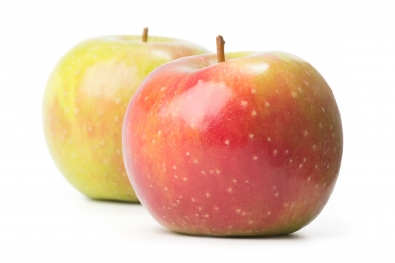
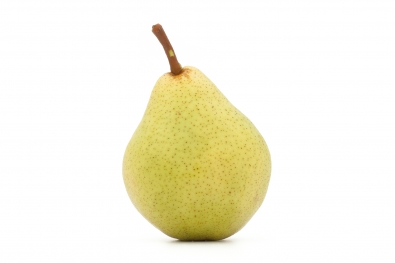

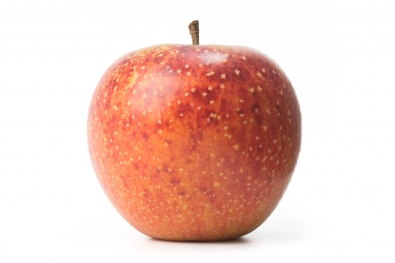
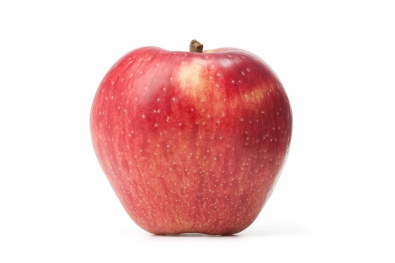
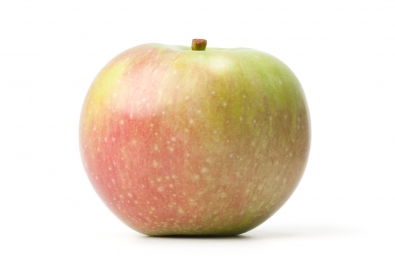
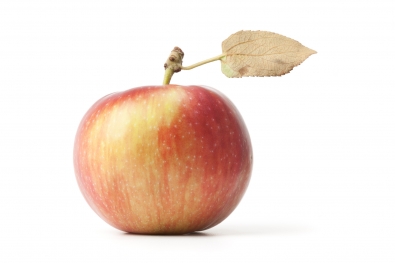
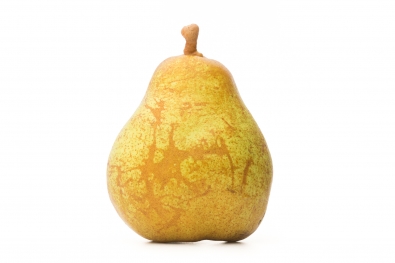
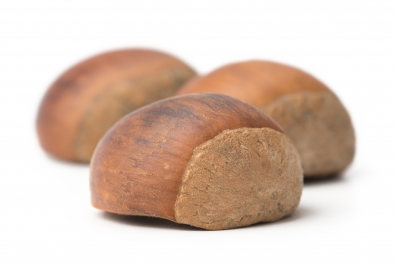
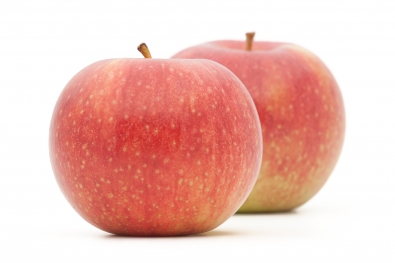
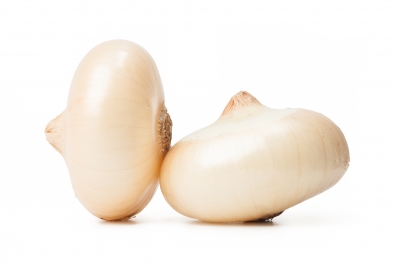

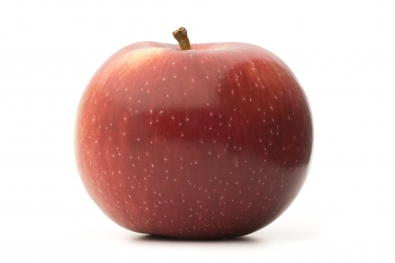
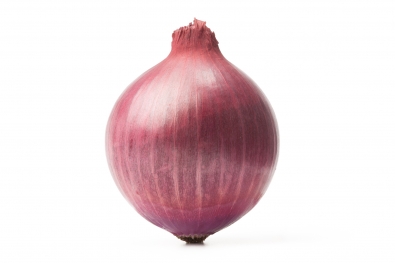
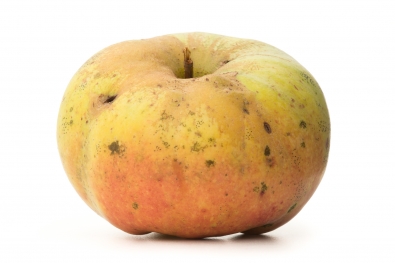
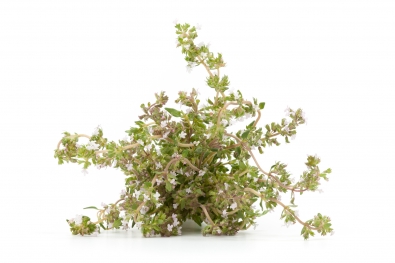
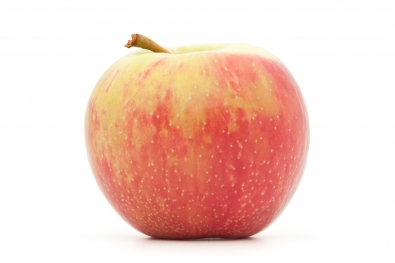

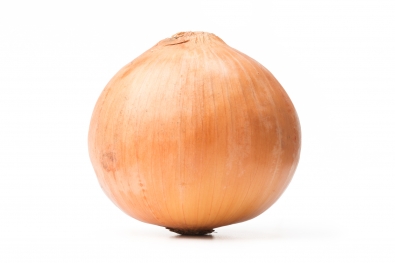
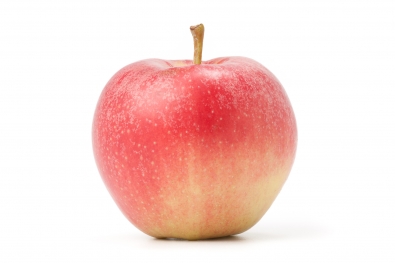
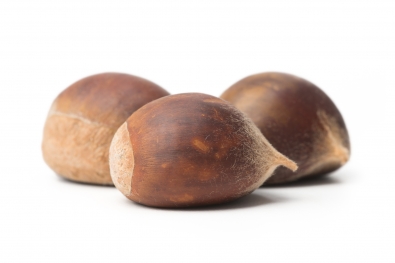
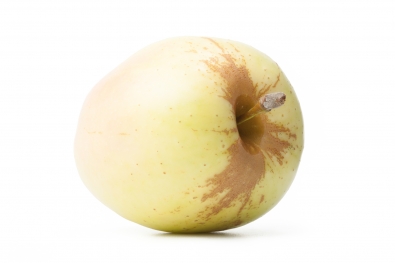
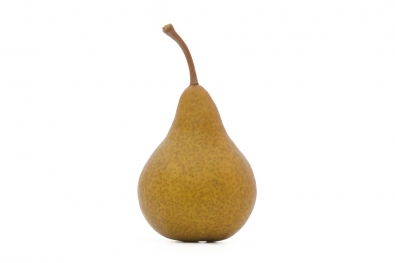
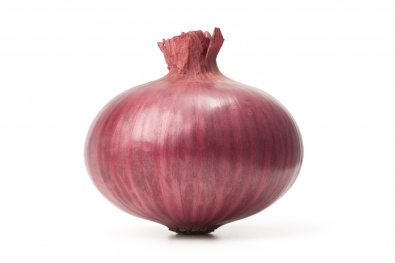
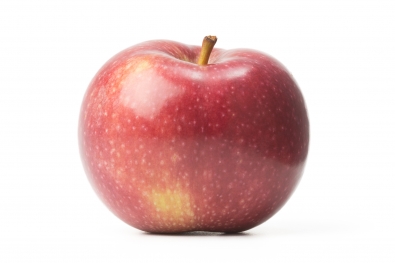
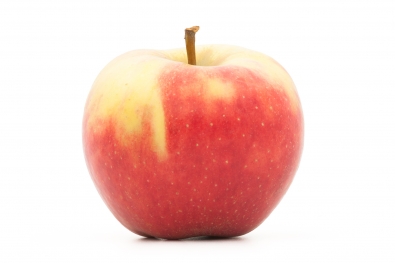
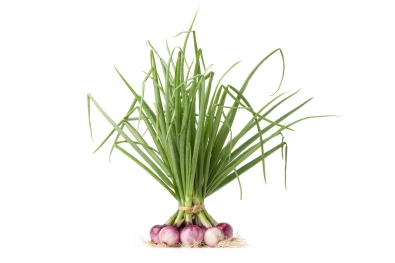
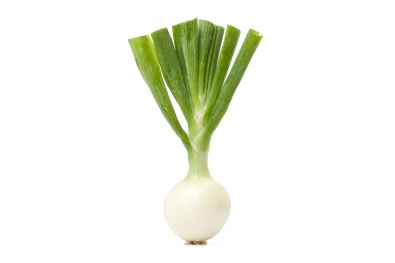
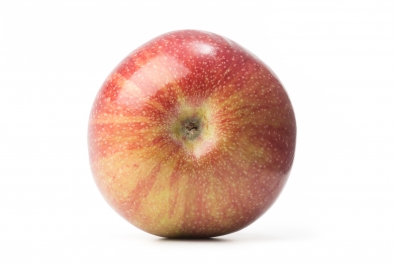
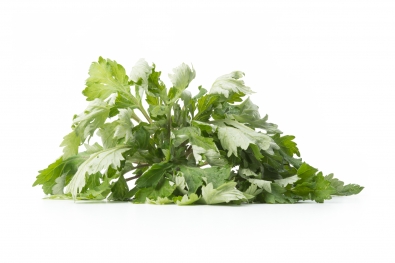
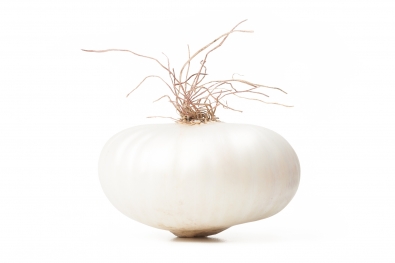
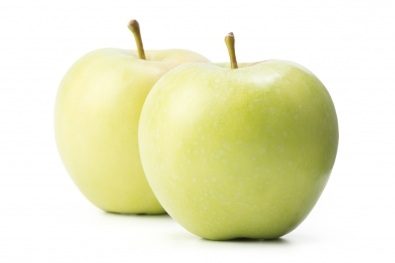
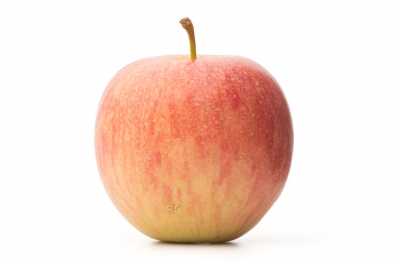
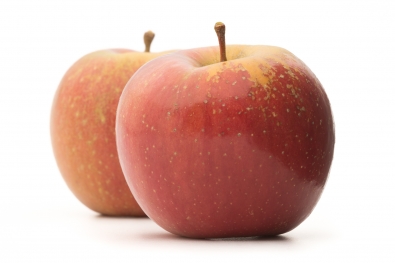

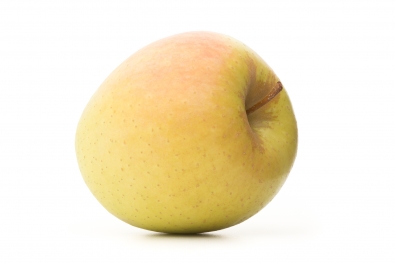

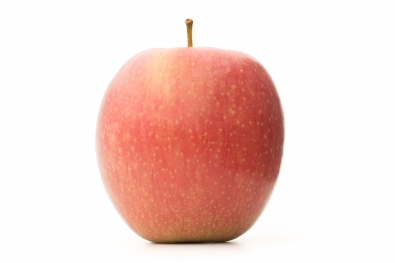
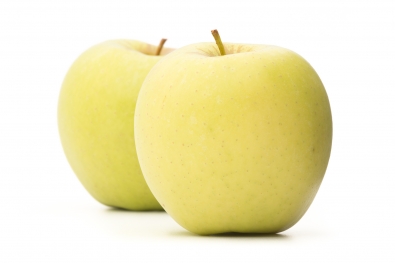
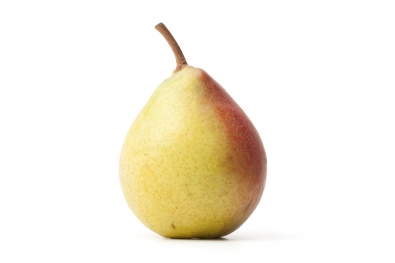
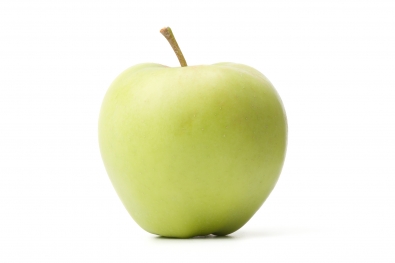
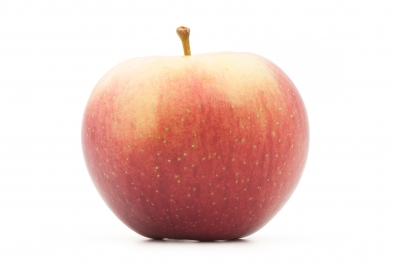
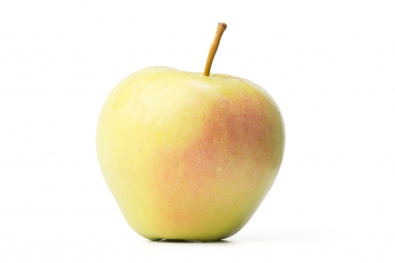
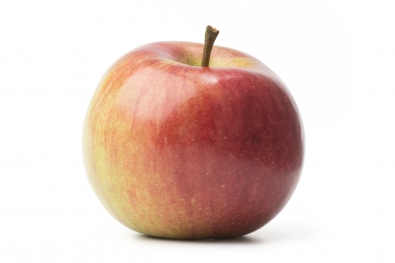
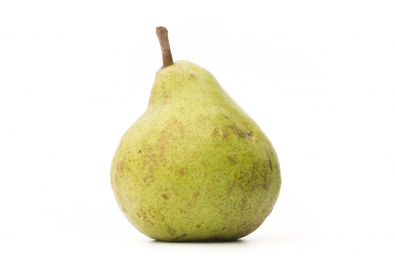

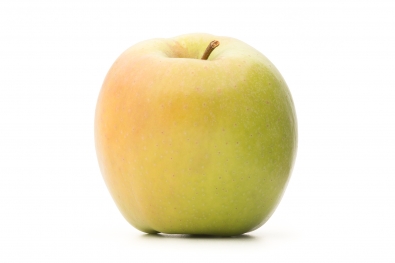

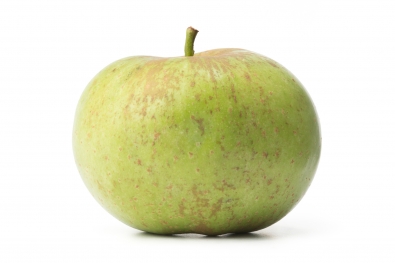
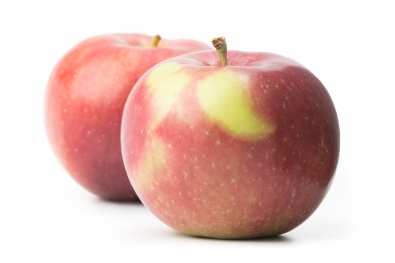
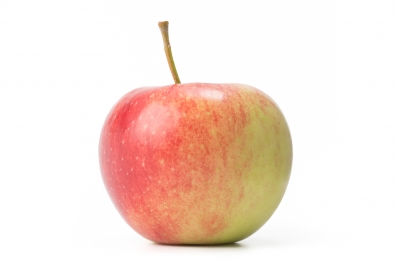
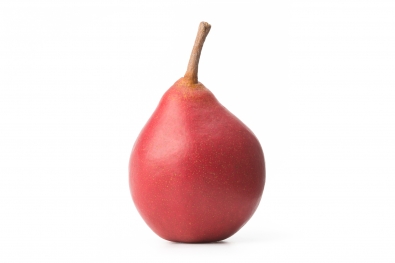
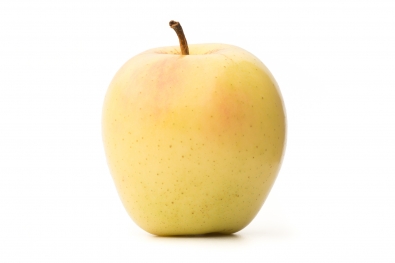
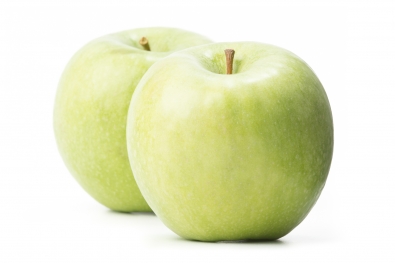
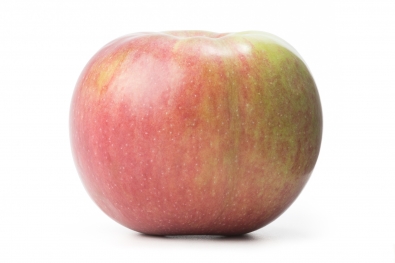
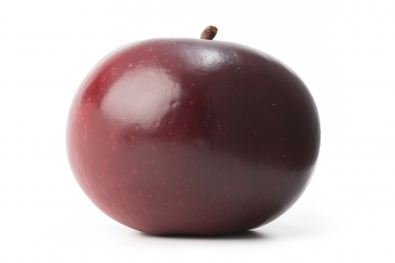
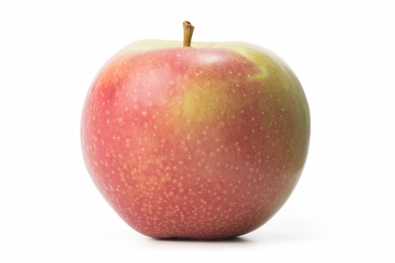

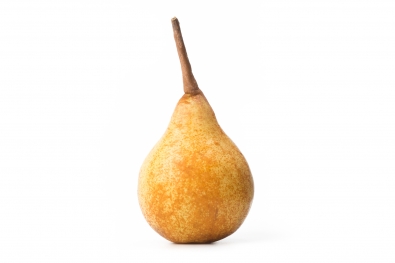
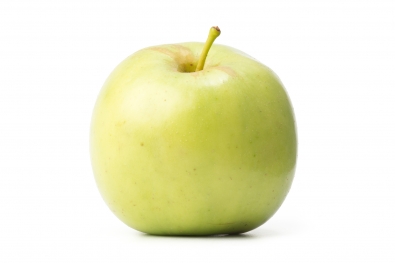
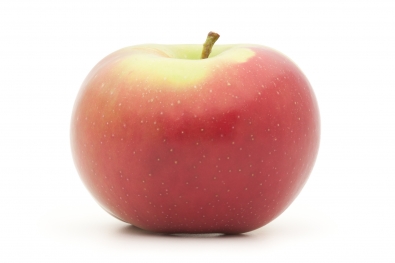

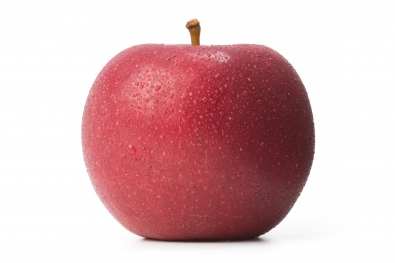
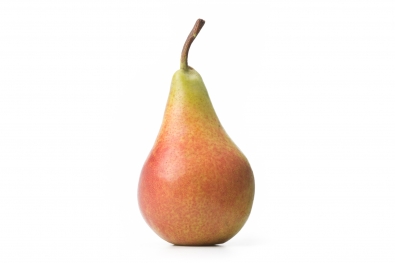
Add a comment